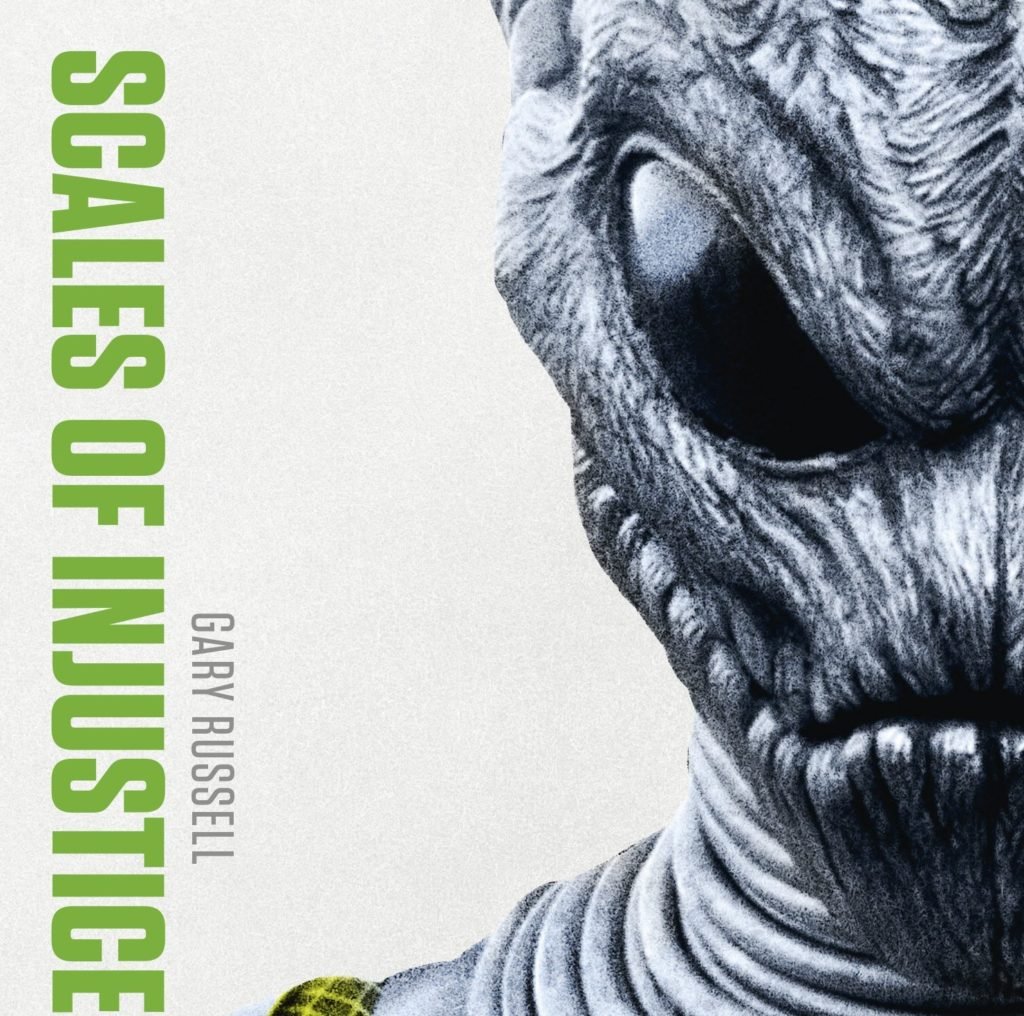The most powerful creations in fantasy often mirror ourselves in some way or another; monsters in fiction and fairy tales can show us truths not just on a person-to-person basis, but on the level of a society as well.
The Silurians are a perfect example of this.
Within the Doctor Who universe, we have come into conflict with them for mastery of the Earth, but rather than being a creature that comes space (a place beyond our reach), the Silurians originate from the depths of mankind’s past. They are a perfect foil for arrogant humans as they are arrogant themselves, believing that they are the better of the two races due to their technology and the threats of destruction they can carry out.
This is a situation that has echoes from our own world – real life battles of prejudice and pride among claims of ownership over the Earth as they shout ‘This is our planet’ in defiance of human society, the Silurians convinced that their judgment is supreme, while the humans are the ape primitive/infidels who have no rights, especially not to live.

In both Silurian appearances in the classic series of Doctor Who, this effect is seen. In both, they draw comparisons to the old Nazi/Soviet agents of the past or our modern terror cell. In Doctor Who and the Silurians, they are awoken by human experimentation and use a nuclear reactor to revive more of their kind, and eventually after a coup by a more hostile faction of Silurians, resort to using a biological weapon to wipe out the human population. With the Third Doctor’s help, the plague is neutralised, only for the military to move in and blow up the caves, an action the stranded Time Lord immediately condemns. This event marks the beginning of a sub plot that runs throughout the Silurian saga; the morals of military action and murder on a mass scale, or as the Doctor says in the episode:
“Present [the military mind] with a new problem and they start shooting at it.”
When they return in Warriors of the Deep, the Silurians are now aligned with their cousins and shown more in the light of diplomats who were tired of the peaceful path and whose goals were to launch a missile from a underwater base they were holding hostage. At least on TV, the Silurians were the perfect model for the kind of real fears that we faced on the front page of the daily papers no matter what the era, but especially poignant in the 1980s when the episode was shown amidst the threat of nuclear war with the Soviet Union (dominated by Russia).
Doctor Who left our screens in 1989 and it eventually gave way to getting our fix for the show in other forms of media, like audio plays and books, and like many other creatures we had seen in the past, the Silurians got a make over.
With the New Adventure novel, Blood Heat by Jim Mortimore, we got to see an alternate reality where the events of Doctor Who and the Silurians took a different direction; here the Third Doctor – and later most of the human population – were killed, leaving a small UNIT group and other stragglers the only survivors on a world returned to a prehistoric environment.
Meanwhile, The Scales of Injustice by Gary Russell is a missing adventure that can be seen as a direct sequel to the same Third Doctor serial and explains away a ton of questions from the television story, Warriors of the Deep, and ultimately shows a more peaceful Silurian approach with only a few extremists in the ranks – but, ultimately, it ends in blood shed.

Finally, the Big Finish audio, Bloodtide features our whole creation as a race explained as a forbidden experiment carried out by a Silurian scientist.
On both sides of the conflict, the Silurians and humans have those that wish for peace and those that would rather annihilate or segregate anything not like them. This mirror-holding makes the Silurians a race perfect for the darker, more intricately plotted tones of the new series of Doctor Who, allowing for a good deep plot that should have real world implications. Think of the subject matter of films like Alien Nation and District 9, which have similar themes of an alien culture merging with ours, as well as some of the best of the past Doctor Who episodes like The Sunmakers or Bad Wolf, stories that pull just enough material from the real life problems and woes of mankind, making the story more powerful and relevant, even though they are taking place in a fantasy world. Did The Hungry Earth/ Cold Blood deliver such a premise? We’ll leave you to decide…
While the two-legged Earth Reptiles might have an advanced society, deep down inside we are scared and prejudiced as a culture. This flip-side of the coin is best represented in by which time “they only wanted to live in peace”; the Fifth Doctor’s statement makes the similarities and differences between us and them all the more real.
The Silurians play up to the human fear of lizards and reptiles – but we are also afraid because the Silurians are the monsters lurking below the ground in the fairy tale, the thing waiting in the depths of some dark cave, watching you from the shadows. It is this, too, that make Silurians a better then average monster; they are the same old monster that has dwelt beneath our feet and our bridges for centuries – only they are more us then them, which makes them even more terrifying.
